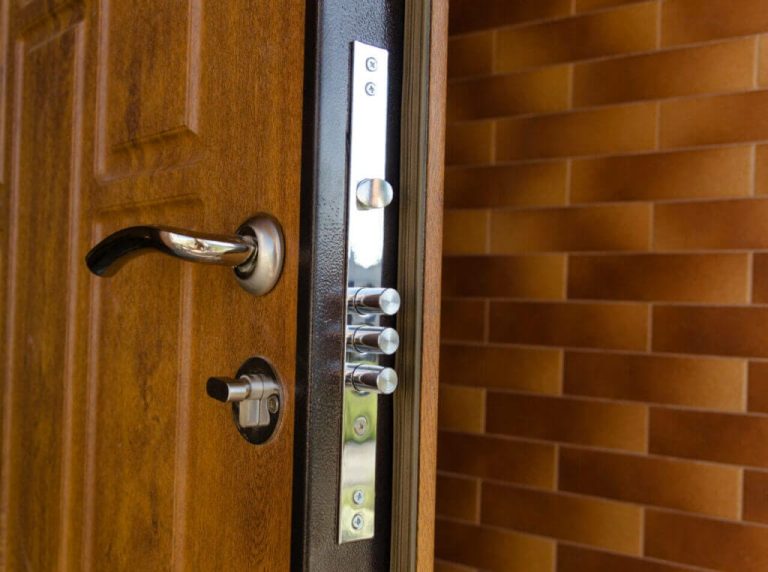Unveiling the Power of Metal Mesh: A Comprehensive Overview
Metal mesh stands as a remarkable material revered for its flexibility, resilience, and wide-ranging applications across industries. Whether in construction, industrial domains, or innovative design, the distinctive traits of metal mesh render it an invaluable asset. Within this guide, we will take a deep dive into the universe of metal mesh, exploring its utilities, and merits, and focusing on its importance in geotechnical applications like geogrids.

Understanding Metal Mesh: Manufacturing and Composition
Metal mesh is crafted from interwoven or interlocked metal wires, fashioning a lattice-like configuration. It is produced using diverse metals such as stainless steel, aluminum, or galvanized steel. The manufacturing process involves techniques like weaving, welding, or extrusion, offering an array of designs and strengths tailored to specific needs.
Diverse Applications of Metal Mesh
The applications of metal mesh span across various industries. In architecture and interior design, it serves as a decorative element, facade cladding, or partitions. In industrial settings, it plays roles in filtration, screening, or as conveyor belts. In construction, it reinforces concrete structures and provides stability in slope stabilization. Additionally, it finds extensive use in fencing, safety barriers, and protective coverings.

The Role of Metal Mesh in Geogrids
Geogrids, a specialized subset of geosynthetics, aim to bolster soil stability. Metal mesh, with its innate strength and flexibility, is incorporated into geogrids to reinforce soil, particularly in applications like retaining walls, road construction, and embankments. The metal mesh fortifies structural support, curbing soil erosion, and enhancing load distribution.
Advantages of Metal Mesh in Diverse Applications
The utilization of metal mesh presents several advantages. Its durability and strength guarantee longevity in varying environments, resisting corrosion and extreme temperatures. Its pliability permits customization, addressing specific project requirements. Moreover, its transparent or open structure enables airflow, light penetration, and visibility, making it an ideal choice for applications necessitating these properties.


